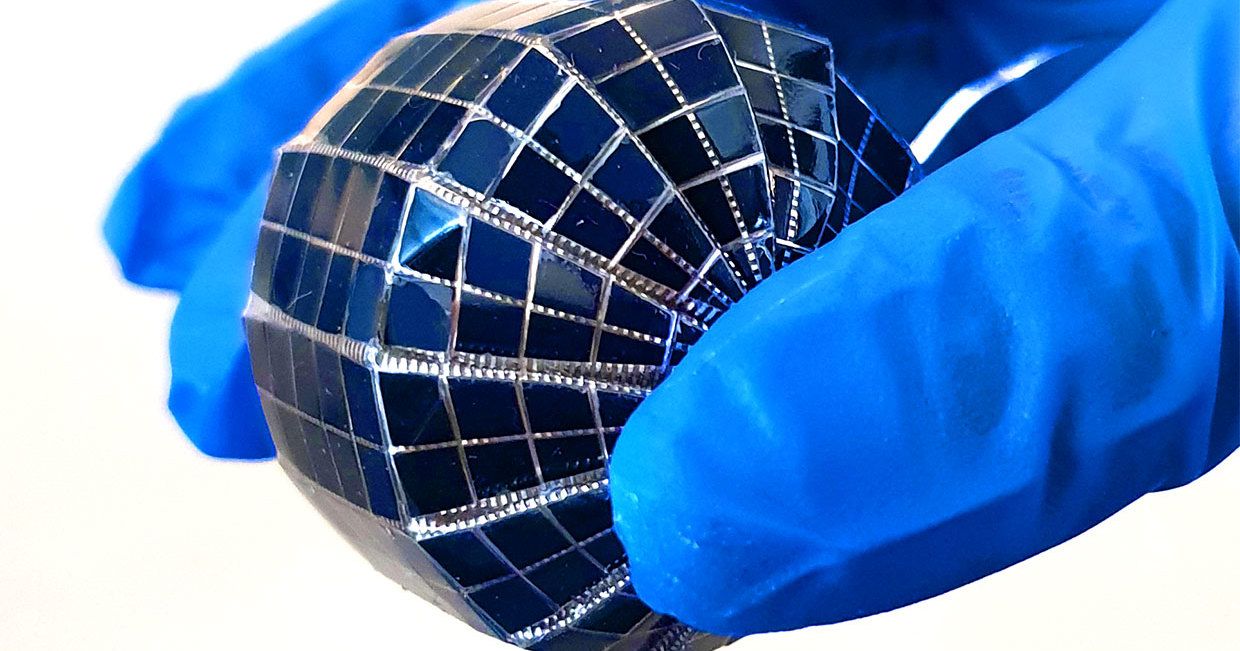Saudi scientists have created spherical solar panels
15. 6. 2020 | Archyde | www.archyde.com
The main source of energy for most spacecraft is the sun. However, to effectively collect its rays, satellites must possess not only large-area photoelectric converters, but also with special mechanisms, to orient their working surface to the luminary. For small probes, the mass of such structures is too large, therefore, researchers from Saudi Arabia came up with a simple and cheap solution.
At first glance, the idea is obvious – to make solar panels spherical. So they can be wrapped around a microsatellite or mounted on a remote structure and a significant part of the surface that converts light into electricity will always be illuminated. The prototype of such a photovoltaic converter was presented by scientists from the Saudi Scientific and Technological University named after King Abdullah (KAUST).

The new solar panels have many advantages that allow them to be used not only in space, but also on Earth. Due to their shape, which is close to spherical, they collect not only direct light from the star, but also reflected light. In laboratory conditions, when simulating the movement of the sun across the sky, spherical photoelectric converters showed an efficiency of 24–39% higher than that performed in the traditional appearance of a flat panel. And when the light source was blocked by an obstacle (for example, a roof canopy), the amount of electricity generated by the new type of batteries turned out to be 60% more than the classic flat ones.
Read more at Archyde
Image Credit: KAUST
-jk-




